A vendor-neutral open standard for distributed tracing
Abstract
OpenTracing is a vendor-neutral open standard for distributed tracing
Why Tracing?
Developers and engineering organizations are trading in old, monolithic systems for modern microservice architectures, and they do so for numerous compelling reasons: system components scale independently, dev teams stay small and agile, deployments are continuous and decoupled, and so on.
That said, once a production system contends with real concurrency or splits into many services, crucial (and formerly easy) tasks become difficult: user-facing latency optimization, root-cause analysis of backend errors, communication about distinct pieces of a now-distributed system, etc.
Contemporary distributed tracing systems (e.g., Zipkin, Dapper, HTrace, X-Trace, Hawkular, sky-walking among others) aim to address these issues, but they do so via application-level instrumentation using incompatible APIs. Developers are uneasy about tightly coupling their polyglot systems to any particular distributed tracing implementation, yet the application-level instrumentation APIs for these many distinct tracing systems have remarkably similar semantics.
Why OpenTracing?
Enter OpenTracing: by offering consistent, expressive, vendor-neutral APIs for popular platforms, OpenTracing makes it easy for developers to add (or switch) tracing implementations with an O(1) configuration change. OpenTracing also offers a lingua franca for OSS instrumentation and platform-specific tracing helper libraries. Please refer to the Semantic Specification.
A Basic Trace In Real World
Tracing a workflow or transaction through a distributed system often looks something like the above. While this type of visualization can be useful to see how various components fit together, it does not convey any time durations, does not scale well, and is cumbersome when parallelism is involved. Another limitation is that there is no way to easily show latency or other aspects of timing. A more useful way to visualize even a basic trace often looks like this:
This type of visualization adds the context of time, the hierarchy of the services involved, and the serial or parallel nature of the process/task execution. This view helps to highlight the system's critical path. By focusing on the critical path, attention can focus on the area of code where the most valuable improvements can be made. For example, you might want to trace the resource allocation spans inside an API request down to the underlying blocking calls.
OpenTracing Specification
All language-specific OpenTracing APIs share core concepts and terminology. OpenCensus and OpeTracing have merged to form OpenTelemetry. You can find all concepts, terminology, Best Practices from following websites.
The official home page
The official repository
The zh translation repository of the specification
https://github.com/opentracing-contrib/opentracing-specification-zh

